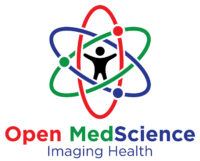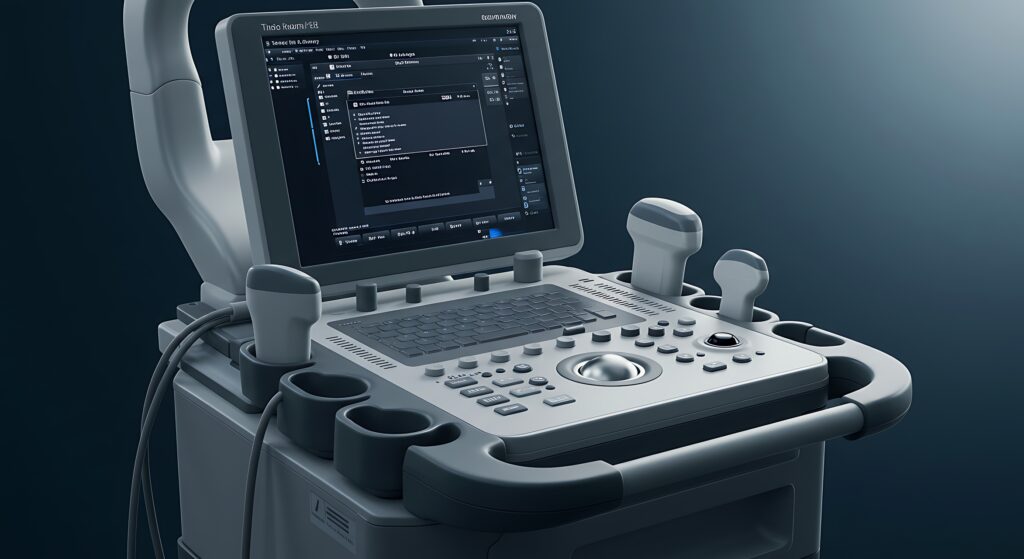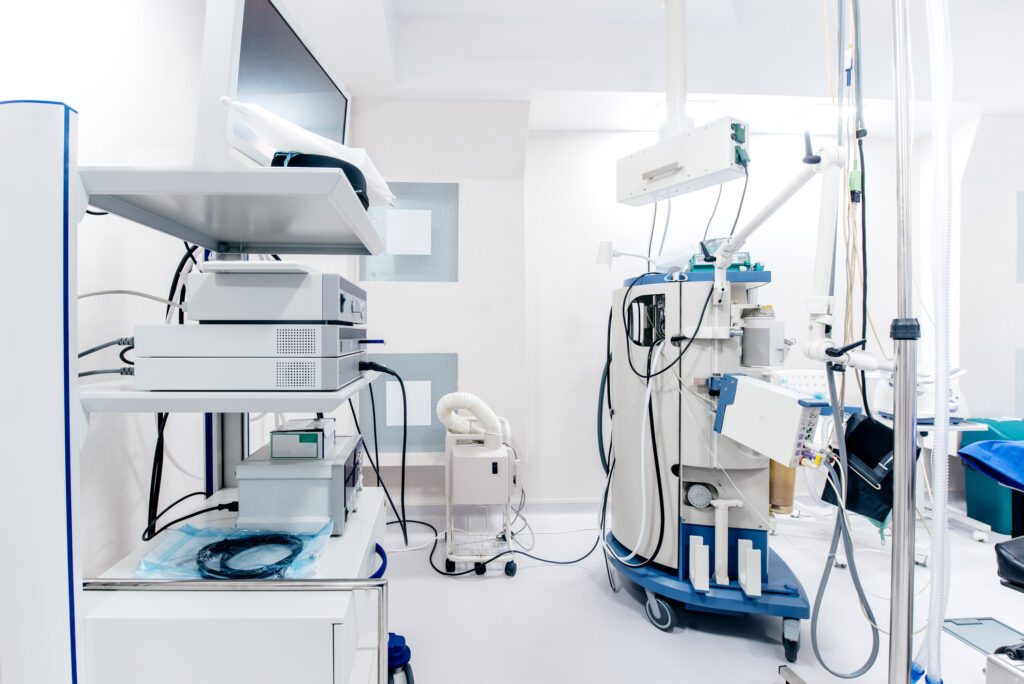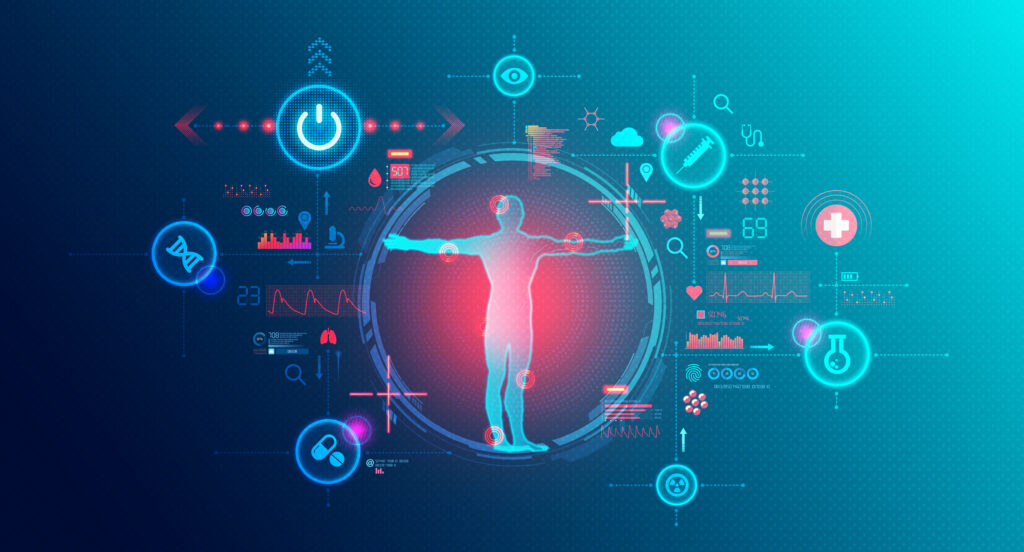From an invention to a medical device, every innovation begins as an idea.
It could be an advance in implant safety, a new approach to diagnostics for heart disease, or a more efficient way to deliver cancer drugs. But taking that concept all the way to a device that’s cleared, accepted, and broadly used in clinical practice is a long, difficult trip. Around every corner, researchers, engineers, and clinicians have to find a way to get from the lab to the patient — and that’s still very much an unsolved problem in many cases. There are no established frameworks to assist promising inventions that might be stuck at the initial stages of implementation from getting out into the hands of patients who could benefit.
Why Advanced Frameworks Are Essential
Creating medical devices is unlike creating most other commodities. It requires a complex combination of innovation, safety, and compliance. New devices must pass intense biocompatibility evaluations, design validation, and usability assessments before testing in humans. Without a clear framework that contains each step, you run the risk of falling behind or having your device fail.
Advanced frameworks work to keep you on track. They verify that you are completing proper process steps (ideation, prototyping, verification, validation, and production) without missing steps. This saves you money on rework, speeds the path to compliance, and most importantly, helps patients sooner.
The Role of Interdisciplinary Collaboration
All the best medical devices are a product of teamwork. Engineers bring their technical know-how, and healthcare providers can identify use cases. Regulators help make sure that medical devices comply with local and international standards, and, if we’re working on something wearable or implantable, patients themselves are essential for user feedback.
In the development of wearable cardiac monitors, for example, both cardiologists and patients were able to provide feedback that helped improve comfort and ease of wear for the monitor itself. Without this feedback, the device that might have made it to market could have been something more cumbersome or discarded by patients.
Integrating Digital Tools and Simulation
Digital transformation has already begun to change the way we develop devices. Through computer-aided design (CAD), simulation software, and digital twins, engineering teams can understand how a device will practically act from the comfort of their garage before creating a physical prototype. This greatly reduces building risk and time, and offers visibility into how the device will operate in a clinical environment.
Simulation helps teams understand what will happen if the blood flow changes around a stent, or under different conditions, and how an adhesion drug delivery patch will release medication. The ability to account for additional factors in testing makes it easier to test and strengthen initial designs, which again means it will be tested fewer times in the field.
Leveraging Specialised Development Services
Regenerative medicine innovators turn to medical device product development services that specialise in the unique requirements of the sector. These specialised partners can offer experience with regulatory requirements, prototype development, testing, and scale production. By outsourcing aspects of product development, startup companies can focus on innovation rather than navigating the regulatory landscape, ensuring safety and compliance.
This is especially beneficial for the smaller entities that do not have these resources. Providers help make the journey from lab concept to marketable medical device more efficient and less fraught.
Navigating Regulatory and Ethical Challenges
No medical device will ever reach a patient without meeting the rigorous standards of regulatory bodies. In the U.S., the FDA (Food and Drug Administration) and its counterparts worldwide, like the EMA across Europe, will demand evidence of safety, performance, and clinical benefit. An advanced development framework ties together research and engineering milestones with compliance checks, ensuring no surprise disqualifications at the finish line.
Meanwhile, ethical considerations are playing a larger role in the development of these devices. Privacy concerns for patient data in digital health solutions, or questions about access to life-saving devices, need to be worked out sooner rather than later. A development system that integrates ethics and compliance is more durable and longer-lasting.
Shaping the Future of Medical Innovation
Technological innovation is rapidly changing what is possible with medical devices. From AI-enabled diagnostics and personalised implants to robotic-assisted surgical procedures, never before has the opportunity for impact been greater. But, as any MedTech entrepreneur, inventor, or researcher knows, not all great medical innovations make their way to the hands of the people who need them. Only through the right systems, protocols, and processes can the next medical breakthroughs be brought to life.
Disclaimer
The information provided in this article is for educational and general informational purposes only. It is not intended as medical advice, regulatory guidance, or a substitute for professional consultation. Readers should seek advice from qualified healthcare professionals, regulatory experts, or relevant authorities before making decisions related to medical device development, compliance, or patient care. Open MedScience does not accept responsibility for any actions taken based on the content of this article.




